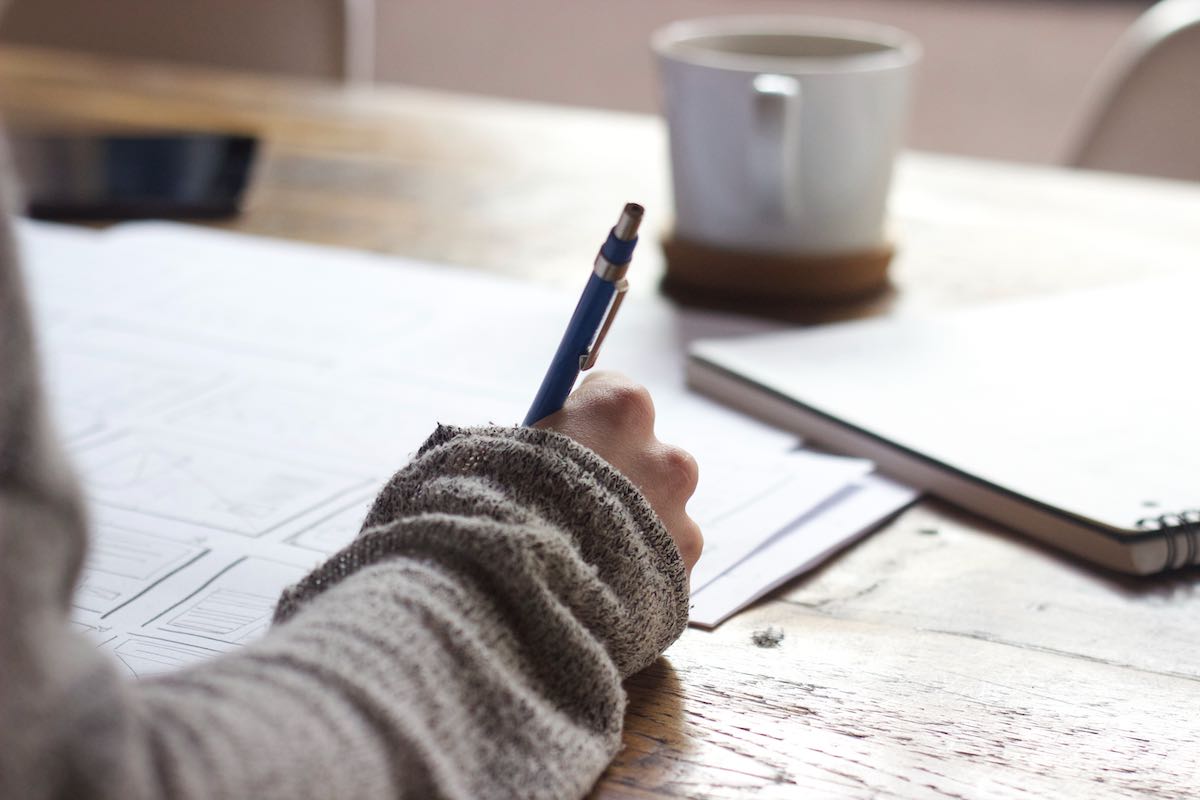
“How We Learn” by Benedict Carey covers a vast body of research on learning science and challenges some commonly accepted learning practices. In this series of posts, I summarize my interpretation of the practical advice presented in the book. I am looking at the contents from several perspectives: are there better ways to learn myself, are there better ways to teach, and how can I help my kids to study more efficiently.
The book is entertaining, informative, and provides specific recipes for making learning more effective that one can easily incorporate into everyday life. A common thread throughout the book is about the positive effects of alternating different aspects of learning: physical places, noise level, context, types of problems, sleep, distractions, focus periods, etc. A condensed list of findings includes the following (however, read more to understand the context!):
- Studying in the same quiet place at the same time of day is overrated. Varying the setting (where and how we study, what sounds we hear while we study, etc.) can help retention.
- Spacing the study time instead of cramming it all at once before the test gives a “free” boost to results.
- Testing is learning, so self-examination and flash cards are good, as long as we don’t cheat by looking at the answers.
- Fluency illusion is when, looking at the material, we think we know it. Self-examination can bring the gaps to light.
- Teaching someone else what you just learned is in itself a learning technique.
- Distraction is not all that bad when we are stuck. Short and long-term distractions work slightly differently, and both can get us “unstuck.”
- Interrupting an activity keeps it top-of-mind and attunes our brains to relevant information, which can be used on purpose to keep thinking about the problem in the background.
- Start on complicated long-term projects as soon as possible: it prevents the project from growing on you, and because you keep thinking about it, it may not be as difficult as it seems at first.
- Mixing different skills during practice enhances the benefit of repetition by making what we learn applicable to a previously unseen or a real-life situation. This approach works for sports, music, math, and almost any other subject.
- Sleep improves learning by consolidating and processing what we learned, and it’s good to have at least a 1-1.5 hour nap before the test.
- Perceptual learning, which is when we learn automatically without thinking by discerning patterns among closely related subjects (paintings, equations, etc.), is a subject of its own and has exciting implications for creators of educational apps and video games.
In the three follow-up posts, I summarize what’s behind these findings, and the book itself has much, much more.
Photo by Green Chameleon on Unsplash.